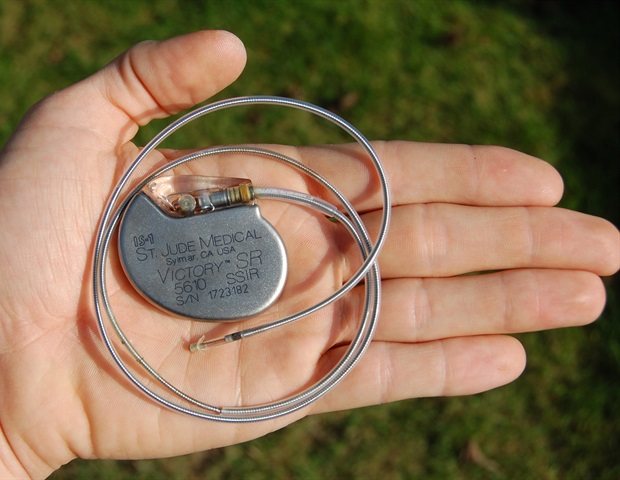Are you pregnant or planning to start a family, and wondering how you’re going to cope financially when you have to stop working?
There is so much to think about and consider when you bring a baby into the world, but one of the most important things to do as soon as possible is to research and understand your rights and entitlements related to maternity leave.
This guide provides an overview of the different types of Australian maternity leave in 2023 and outlines the steps you need to take to apply.
The Australian Government provides a range of different types of maternity leave to support working mothers before and after the birth of their child. The main types of leave available are:
1. Paid Parental Leave scheme
The Paid Parental Leave scheme provides taxpayer funded pay to eligible working parents to take time off work to care for a newborn or adopted child. There are two payments, and you could be eligible for both with a total of up to 20 weeks (or 100 payable days) of payments:
Parental Leave Pay
This is a government-funded scheme that provides 18 weeks of paid leave at the national minimum wage (currently $812.45 per week before tax). This leave can be taken anytime within the first 12 months after the birth or adoption of a child.
Parents who are full-time, part-time, casual, seasonal, contract, or self-employed workers may be eligible. Please note that Paid Parental Leave is changing from 1st July, 2023.
You can apply for Paid Parental Leave before, during, or after any paid or unpaid employer funded leave, and the payment is taxable.
Dad and Partner Pay
Your working partner may also be eligible for Dad and Partner Pay which is two weeks of financial support after the birth or adoption of a child. The payment is administered by Services Australia and is designed to help with the extra costs of having a baby, as well as to provide dads or partners with the opportunity to take time off work to bond with the new baby.
2. Employer-funded maternity leave
In addition to government-funded parental leave, some employers may offer their own maternity leave policies. These policies vary from employer to employer and may provide additional benefits such as extended leave or higher pay.
3. Unpaid parental leave
This is leave taken without pay. It is usually taken in conjunction with paid leave and can be taken anytime within the first 24 months after the birth or adoption of a child. If you are permanent part-time or full-time and have been in the job for at least 12 months, you are entitled to 12 months unpaid leave. If you need more than this, you will need to discuss it with your employer.
4. Special Maternity Leave
If you are eligible for parental leave, you can also take special maternity leave if you need to take time off due to a pregnancy-related illness or a miscarriage within 28 weeks of the expected birth date. This leave does not impact your 12-month unpaid parental leave; however, your employer may request a medical certificate for evidence.
5. No Safe Job Leave
If your job isn’t safe while you’re pregnant, you have a right to a different job. If one doesn’t exist, you might be entitled to no safe job leave. The Fair Work Ombudsman has more information about your entitlements as a pregnant employee.
Applying for maternity leave
- Check your eligibility: The first step is to check if you are eligible for any of the government-funded schemes. You can find out if you can receive payments under the Paid Parental Leave scheme here.
- Contact your employer: If you are eligible for employer-funded maternity leave or would like to take unpaid leave, you will need to discuss your entitlements with your employer at least 10 weeks before your last workday. Your employer will be able to advise you on the specific terms of your maternity leave and any additional benefits available.
- Apply for government-funded leave: If you are eligible for government-funded leave, you will need to apply for the leave using the relevant forms. These forms can be found on the Department of Human Services website here.

 PARENTING TIPS
PARENTING TIPS







 PREGNANCY
PREGNANCY








 BABY CARE
BABY CARE








 TODDLERS
TODDLERS








 TEENS
TEENS








 HEALTH CARE
HEALTH CARE







 ACTIVITIES & CRAFTS
ACTIVITIES & CRAFTS








 CONTACT
CONTACT ABOUT
ABOUT


